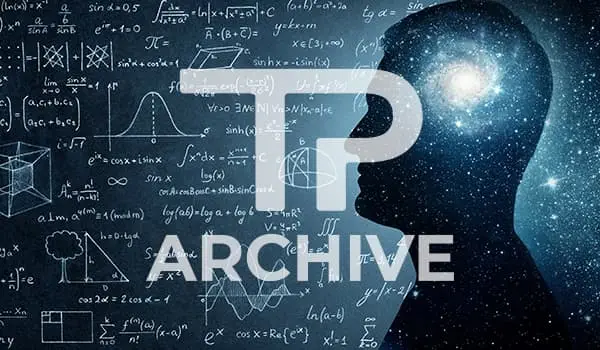
NATIONAL SEMINAR THEORETICAL HIGH ENERGY PHYSICS (Maart 2019)
- Date:
22 March 2019
- Abstract:
Fedor Bezrukov (Manchester): What do we know about quantum corrections to Higgs Inflation?
Abstract: I will discuss the problems of treating the quantum corrections to the Higgs inflation, trying to mention the assumptions behind the various predictions made by various Higgs inflationary analyses.Timothy Budd (Radboud University Nijmegen): Trees as the building blocks of quantum geometry
Abstract: In the past decades two-dimensional quantum gravity (the path integral over metrics on surfaces) has been studied from many perspectives, including Liouville conformal field theory, matrix models, topological field theory, and lattice regularizations, and lots of intricate connections between these approaches have been drawn. In recent years mathematicians have uncovered a new common thread in the form of treelike structures embedded in surfaces. I will review the appearance of trees in both the lattice and Liouville theory approach and their importance in establishing fractal properties of 2d quantum geometry.
Then I will demonstrate that similar trees are hidden in Witten’s topological gravity, providing an elementary route to evaluating the corresponding path integrals. Finally I will speculate on the relevance of trees to quantum gravity in higher dimensions.Anupam Mazumdar (University of Groningen): Towards scale invariant theory of gravity
Abstract: I will construct an effective theory of gravity which contains infinitely many covariant derivatives and can ameliorate the problem of ghost instability at the perturbative level. I will discuss how to constrain the gravitational form factors and such an action from the perturbative unitarity. I will demonstrate non-singular solutions in the context of a static and a rotating blackhole, and in cosmology. If time permits, I will discuss some quantum aspects of the infinite derivative theory of gravity and show how an infrared scale emerges from the ultraviolet in the presence of N-gravitons interacting in a scattering process. This will bring a potential analogy between fuzz-ball states in string theory and non-locality, where one can compute the metric solutions in a time dependent background. I will also discuss how to construct infinite derivative action for an Abelian Higgs, which can potentially yield a scale invariant theory of the Standard Model of particle physics.Eleni Vryodinou (CERN): The effective field theory pathway to new physics at the LHC
Abstract: Experiments at the Large Hadron Collider (LHC) are mounting a gigantic effort to find signs of New Physics beyond the Standard Model. If new states exist but are heavier than the collider energy reach, their presence can be revealed by precisely measuring the interactions of the Standard Model particles. Determining the strength of these interactions within the Standard Model Effective Field Theory (SMEFT) framework can illuminate the nature of New Physics and answer the most fundamental questions in particle physics. In this talk I give an introduction to the SMEFT framework, review recent progress in precision calculations of processes involving the Higgs and the top quark and highlight the importance of using these results in global SMEFT fits.